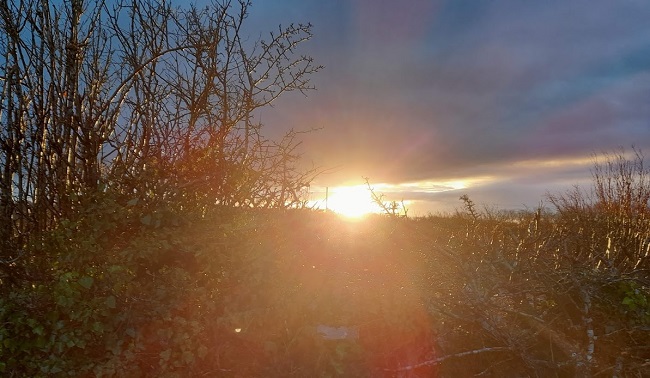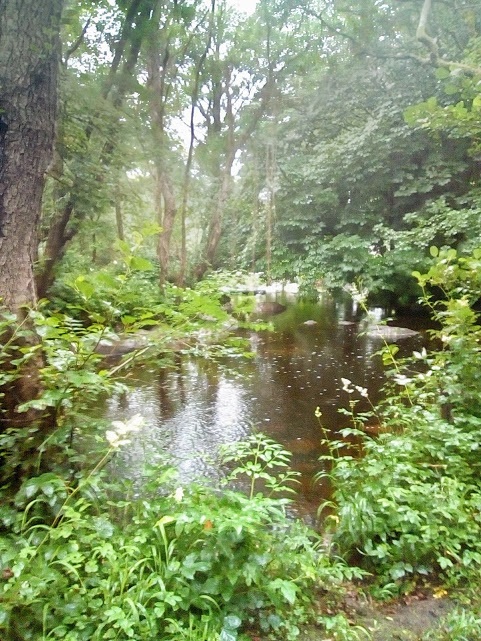
The Schools’ Collection, Volume 0047, Page 0159
National Folklore Collection, UCD.
Gort N.S.
In the mountains of Burren in the county Clare, about ten miles from here, there is a place called the Caves of Cill Corney. There are large caves and undermines (sic) there. Something over a hundred years ago, horses and foals used come out of them caves and graze the peoples land and cornfields. The neighbours made up their minds to catch the horses. The horses passed them by like the wind and they caught one mare’s foal at the mouth of the cave. They took the foal home and kept him in a dark stable for one year, until he was fit for training. He trained very quiet and did every sort of work. Every Saturday at twelve he would get out of work and no man could put him to work after that. His breed is still to be found and how you would know his breed is that every one has a whisker on the upper lip.
Sometimes when floods rise very high the water floods up on this cave and spreads round like a bowl. Some old people called it Tír na nÓg.
One time an old woman wanted to make a cake. The water was very low at the time. She took some of the water and made the cake. She put the cake baking on a griddle. Before the cake was baked, the flour dried on the griddle as it was on the bog. She went back to the pond and found it was gone down.
Within the present generation with the past ten years. One man experimented on the water as it was going down. He took home some of the water and made a cake also and baked it on a griddle. Before the cake was baked the flour dried on the griddle as it was on the bog. About forty or fifty years ago.



